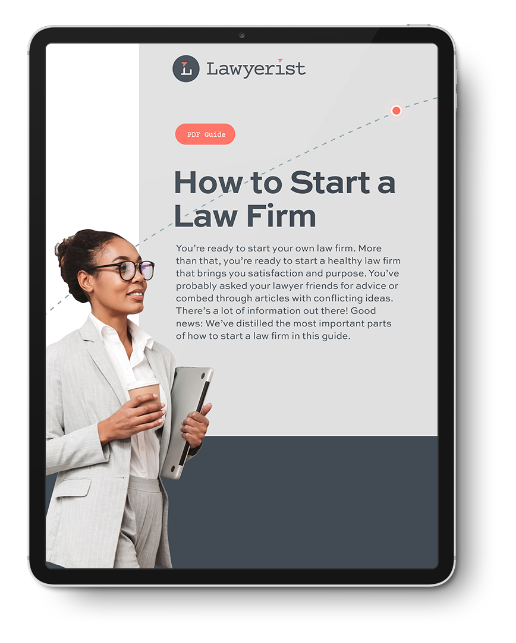Coaching
Last, let’s get real: running a law firm is hard work. Now, it doesn’t have to be stressful, and it certainly doesn’t need to be chaotic, but it’s difficult (and rewarding) work. But it can be hard to see the big picture when you’re in the thick of managing.
There’s a reason people who want to get physically healthier work with personal trainers. You have only so much willpower in a day. And, often, motivation to do the things you know you’re “supposed to do” dwindles as the week goes on. Suddenly it’s Friday, and you realize you haven’t thought about marketing, team culture, or succession plans. And, the list goes on and on.
This is where a coach comes in.
As a business owner, you should have a coach who can help you see the big picture, provide accountability to your goals, and ask the questions that help you progress. An outside, neutral party can know where you’re stuck and guide you through difficult decisions.
In fact, we’re not sure how lawyers are running law firms without coaches! Sure, you might run decisions by your law partner or spouse, but they have stakes in your choices. You need a trained professional.
We’re biased because we run a lawyer coaching program at Lawyerist, but we started it because we believe coaching is a necessary expense—not an optional one.
